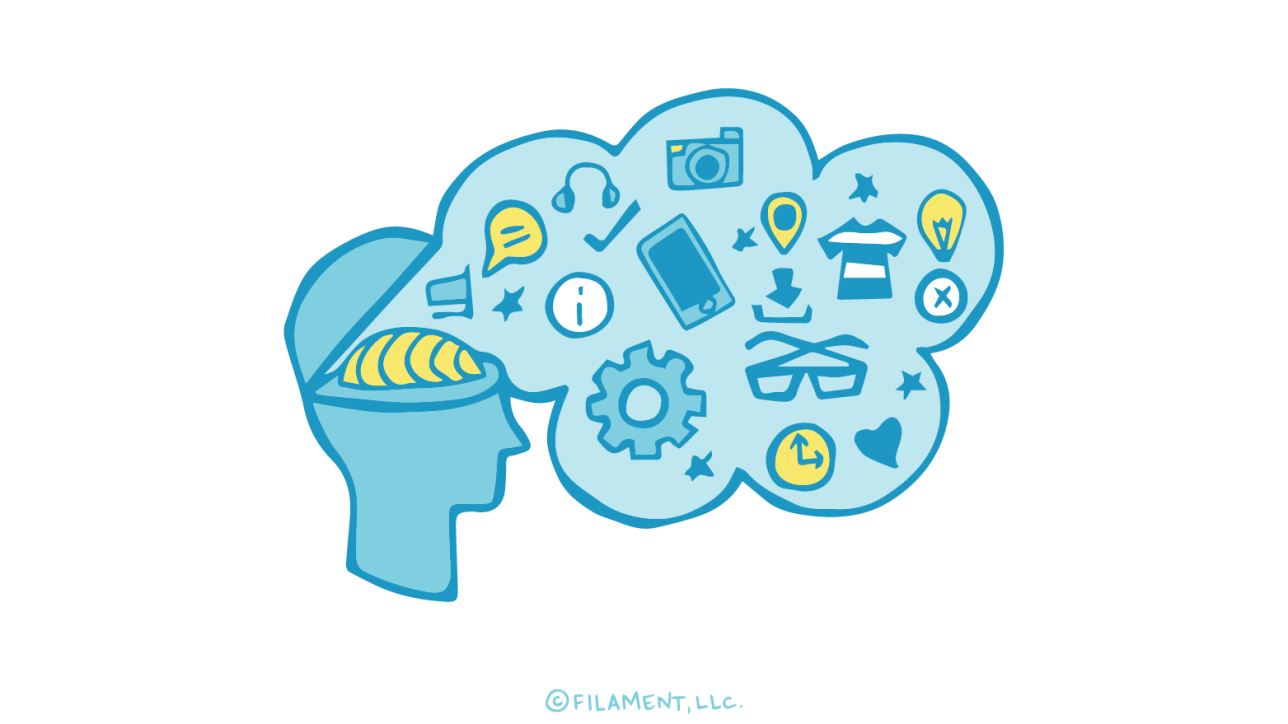The best relationships are built on trust and grow into loyalty. This truism applies to personal relationships as well as to business relationships and the relationships we have with brands. Thankfully, content marketing offers an unparalleled opportunity for building trust and loyalty with two key strategies: transparency and personalization.
Transparency
Transparency offers a unique way to connect with your customers by cultivating a culture of openness. Content marketing transparency practices can include disclosing your production processes, sharing the materials or ingredients you use and where they come from, listing your costs and pricing, and making your revenue and income information readily available to the public.
Why move toward transparency? According to a 2014 Nielsen study, 55% of shoppers are willing to pay more for products and services geared toward positive social and environmental change. Even if you’re not working for change, you can still benefit from transparency in content marketing because transparency also builds trust and loyalty.
A smart way to employ transparency in your content marketing is via storytelling. People want products with a story they can feel good about. Whether you’re telling the story of where your ingredients come from or the factory where your goods are made or all the lessons you’ve learned with your business thus far, transparency is an opportunity to connect with consumers whose values align with your own and to show the human side of your brand.
What might transparency look like for your business? You might start by sharing your business practices on your website, acknowledging where they fall short and what you’re doing to improve them. Or perhaps you provide an option for product reviews on your site, offering transparency in your customer’s experience. If you take this route, be sure to address reviews—both positive and negative—in ways that show you care about feedback and that you’re using it to improve your products and services.
Here’s a brief list of additional content marketing transparency ideas with examples:
Ingredient transparency (Weleda)

Pricing transparency (Everlane)

Sourcing transparency (Stumptown)

Production transparency (Tata Harper)

You can build transparency into your content marketing in any number of ways. Just be sure it’s adding value for your customers by making your content more useful and more relatable.
Personalization
Personalized content is tailored and targeted to specific individuals. It’s a key way to build trust and loyalty with your brand since it helps you deliver relevant, usable content.
The first step to personalizing your content marketing is to learn as much as you can about your audience. This knowledge has to go beyond demographics to understanding the way your audience thinks, what your audience needs, and what they want. Once you know your audience, you can tailor your content to the things they care about and deliver it when and where they want it.
Start by collecting information on psychographic factors (values, opinions, interests), behavioral factors (past purchases, habits), and environmental factors (friends, family, neighborhood, community). One way to collect this information is to create a survey incorporating these factors and build it right into your content delivery platform. You can make this as simple as a single question, as evidenced by this example from Apartment Therapy, which shows up as a small pop-up at the bottom right-hand side on their homepage.

Once you know everything there is to know about your audience, use intelligent segmentation to deliver personalized content to the right people. You can start with something simple like geography and then move to behavior-triggered content.
In addition to creating personalized content, you can also curate content on a personalized basis. It’s a smart use of resources you’ve already created. This practice might look like sending an email digest of blog topics that would appeal to a specific segment of your target audience.
A creative way to personalize your content is to devise ways in which your audience can customize content in fun and engaging ways. A classic example of this is when users can create an avatar. However, customizing content can also be as simple as letting your customers choose the topics or types of content they want to subscribe to and the frequency with which they’ll hear from you.
Content marketing transparency and personalization both offer opportunities to build trust and loyalty with your customers. And they can both be put into practice in remarkably simple ways. Whether you’re starting small with some storytelling on your company website or delving deep into segmentation and lifecycle marketing, be sure to test your content, measure the results, and modify your strategies based on what you learn.
Do you have a story you’d be willing to share about your experience with content marketing transparency and/or personalization? Please share it in the comments section below.
Get in touch with Filament today to get help creating relevant, usable content that builds trust and loyalty with your customers.



Comments (1)